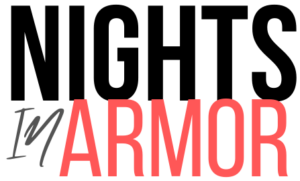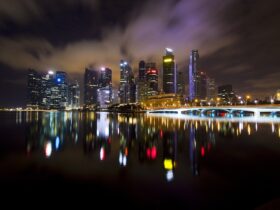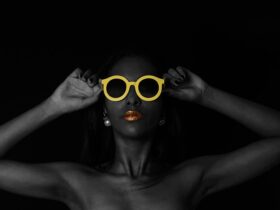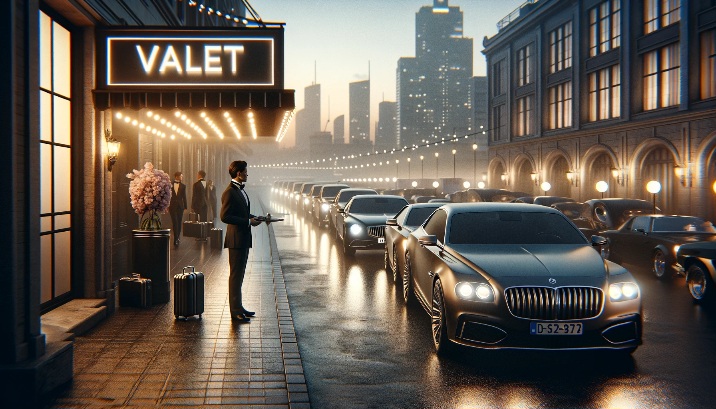In an era defined by rapid technological advancements, the integration of artificial intelligence (AI) into various industries is reshaping the landscape of creativity and innovation. One domain where AI is poised to leave an indelible mark is the world of fashion design. As algorithms and machine learning algorithms become increasingly sophisticated, their impact on the fashion industry is ushering in a new era of design, production, and consumer experience. Explore eight ways AI is ushering in a new Era in fashion.
1. Design Innovation
AI algorithms have the capacity to analyze vast datasets of historical fashion trends, consumer preferences, and emerging styles. By understanding the intricate nuances of design elements, color palettes, and fabric choices, AI can assist designers in generating innovative ideas. This collaborative effort between human creativity and machine-generated insights opens up new possibilities for groundbreaking and avant-garde designs.
2. Predictive Trends Analysis
One of the remarkable contributions of AI to fashion design is its ability to predict trends. By analyzing social media, fashion blogs, and e-commerce data, AI can identify emerging trends with unprecedented accuracy. This predictive capability empowers designers to stay ahead of the curve, anticipating shifts in consumer preferences and adapting their creations accordingly.
3. Personalized Fashion
AI-driven personalization is revolutionizing the way fashion is tailored to individual tastes. By analyzing a consumer’s browsing history, purchase patterns, and style preferences, AI can recommend personalized fashion options. This not only enhances the shopping experience but also allows designers to create bespoke pieces that resonate with the unique preferences of each customer.
4. Sustainable Practices
Sustainability is a growing concern in the fashion industry, and AI is playing a crucial role in addressing this challenge. Machine learning algorithms can optimize the production process, reduce waste, and suggest eco-friendly materials. Designers leveraging AI can make more informed decisions about sustainable practices, contributing to a more environmentally conscious approach to fashion.
5. Rapid Prototyping and Production
AI streamlines the prototyping and production phases by enhancing efficiency and reducing time-to-market. Generative design algorithms can create multiple design iterations rapidly, allowing designers to explore diverse possibilities. Additionally, AI-driven automation in manufacturing processes improves precision, reducing errors and minimizing resource consumption
6. Virtual Fashion Experiences
AI is transforming the way consumers experience fashion through virtual reality (VR) and augmented reality (AR). Virtual fashion shows, try-on experiences, and interactive shopping platforms powered by AI provide consumers with immersive and engaging interactions with fashion items. This not only enhances the overall consumer experience but also allows designers to showcase their creations in innovative ways.
7. Enhanced Creativity Collaboration
AI acts as a creative collaborator, augmenting human capabilities rather than replacing them. Designers can use AI tools to explore unconventional ideas, experiment with unique concepts, and push the boundaries of traditional design. This collaborative approach expands the creative landscape and fosters a symbiotic relationship between human ingenuity and machine-generated possibilities.
8. Data-Driven Decision-Making
Fashion designers can harness the power of AI to make data-driven decisions. Analyzing consumer behavior, market trends, and performance metrics allows designers to refine their strategies and align their creations with the ever-evolving demands of the market.
The impact of AI on fashion design is hard to overstate. We are entering a new era of innovation, efficiency, and sustainability. As designers embrace AI as a creative ally, the fashion industry is likely to witness a transformative journey where the boundaries of imagination are expanded, and the artistry of design is elevated to new heights. The intersection of technology and fashion is not just a trend; it’s a revolution that promises to shape the future of style and self-expression.














Live at the intersection of Nightlife & Fashion. Explore the night with us in 2024.